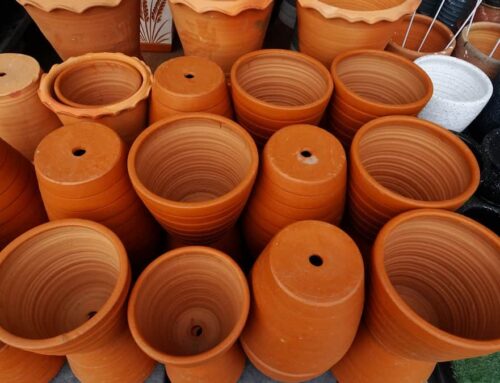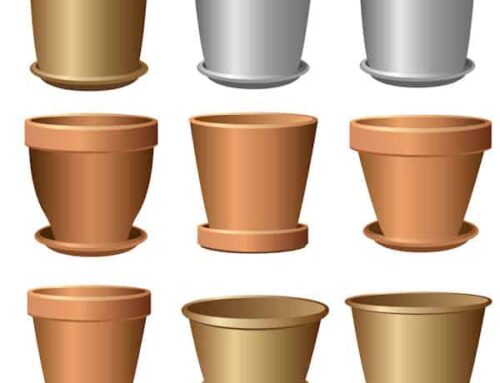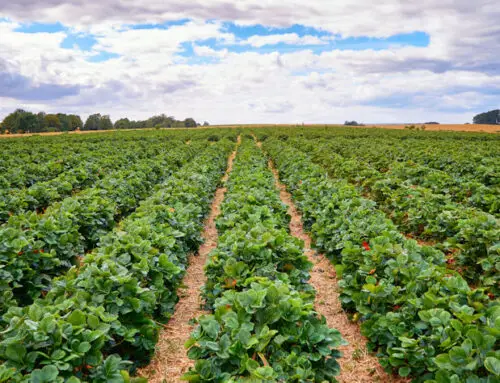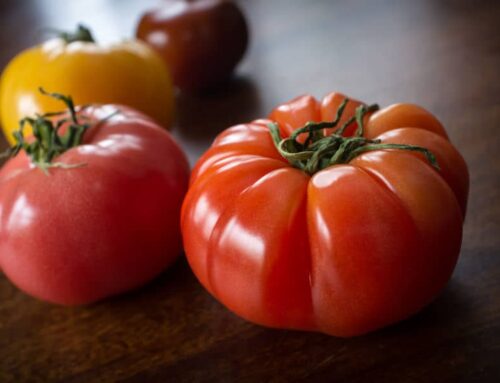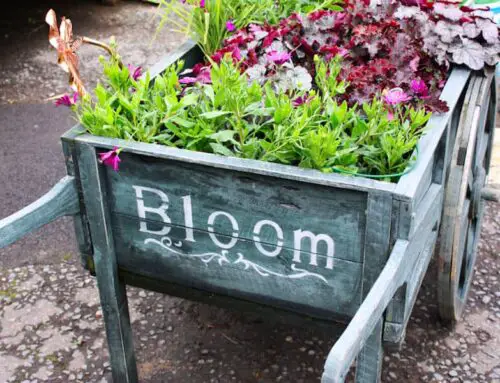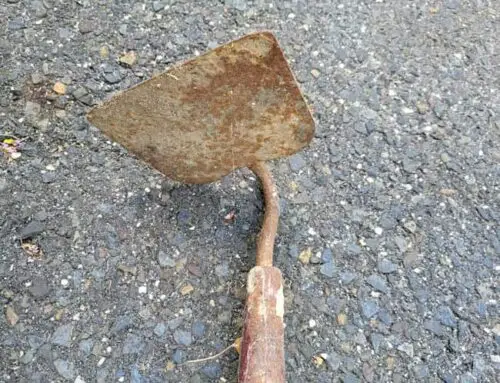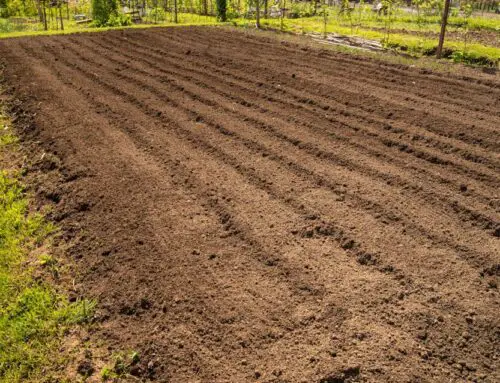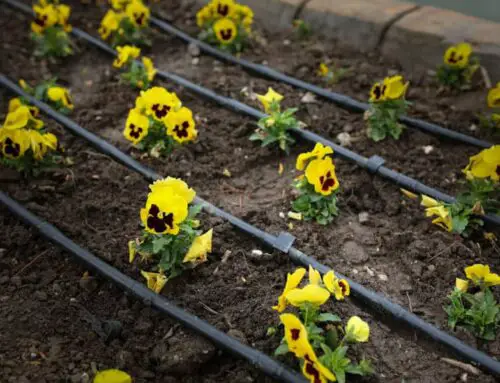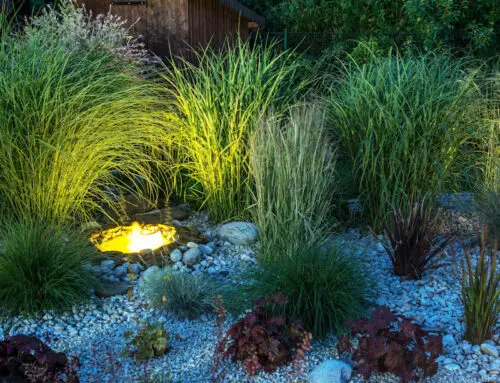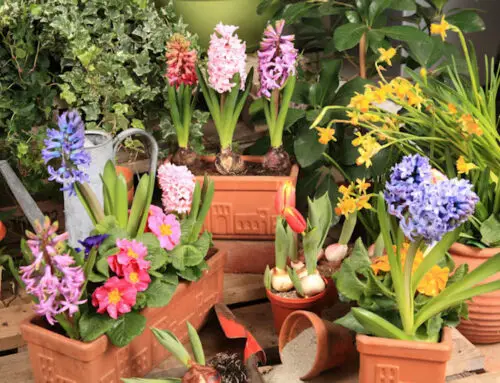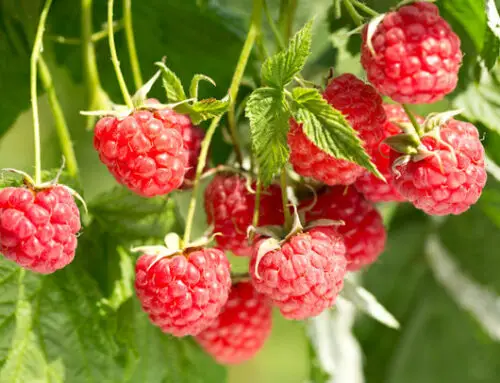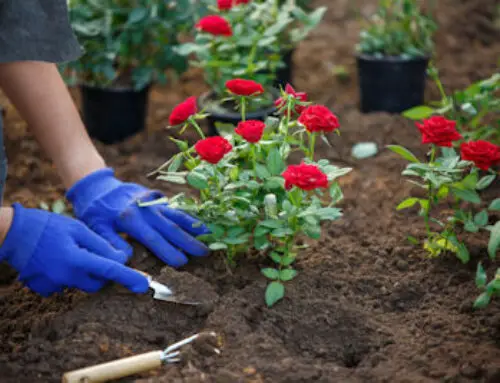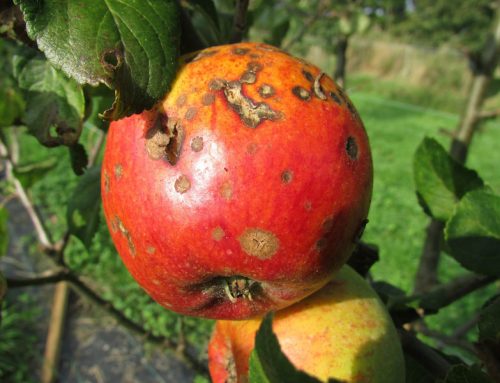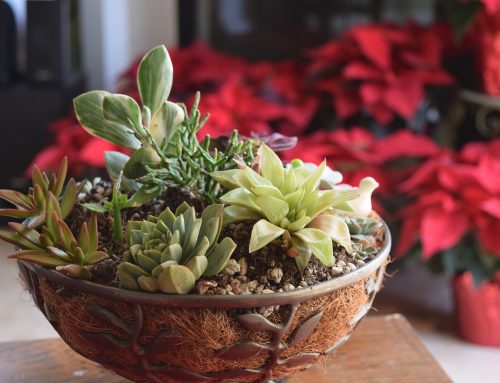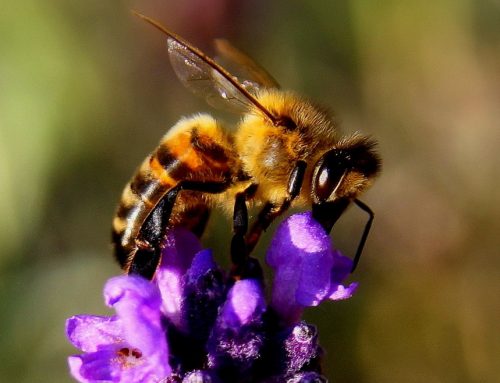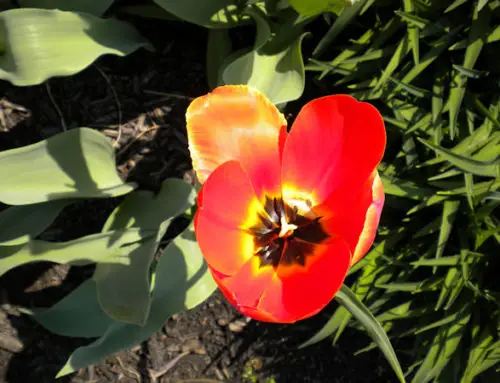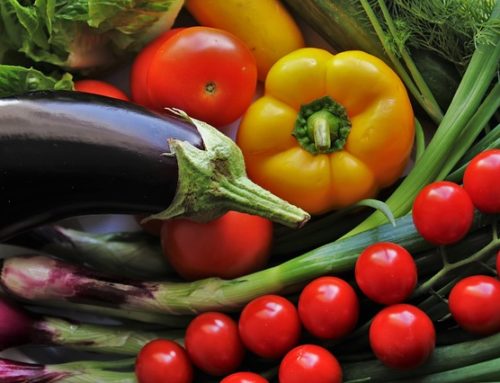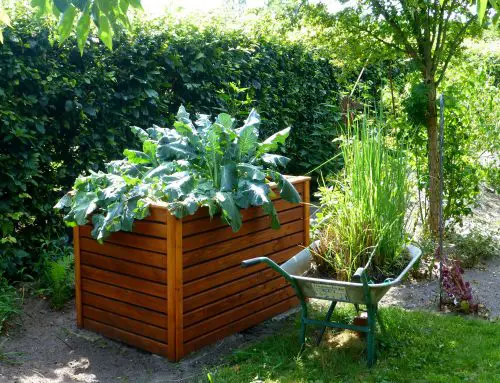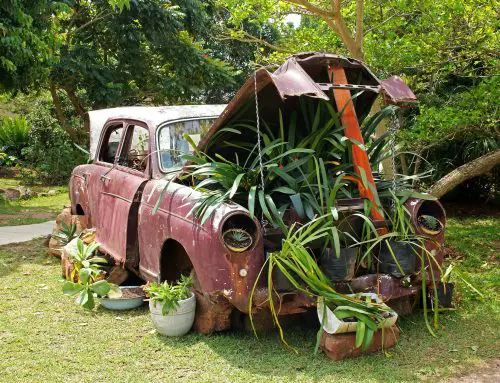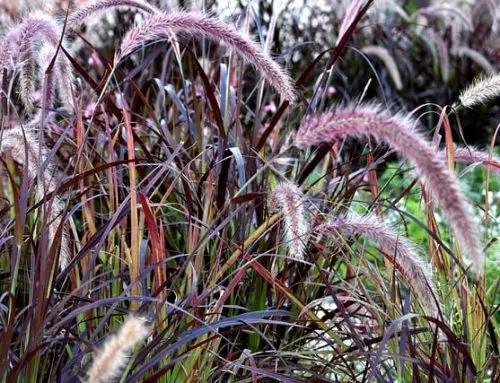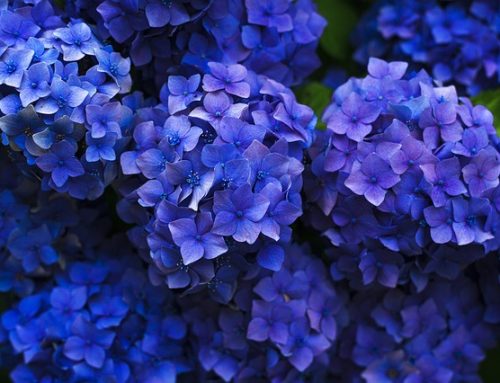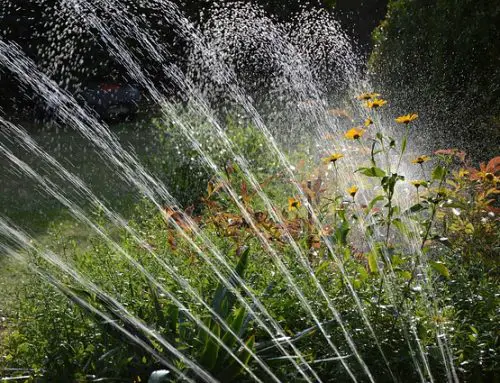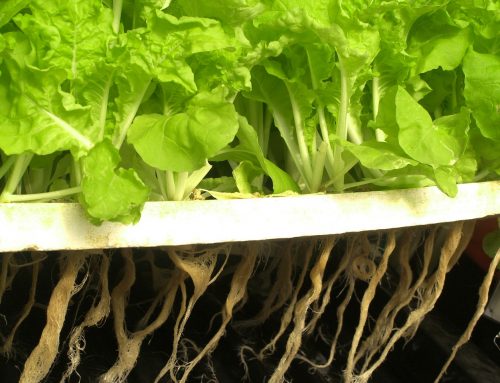Garlic is relatively easy to plant and has few known enemies in the pest department. Because it is a perennial, it will come back year after year, even though vampires would run the other way, you should consider garlic as a flavorful, healthful addition to your garden.
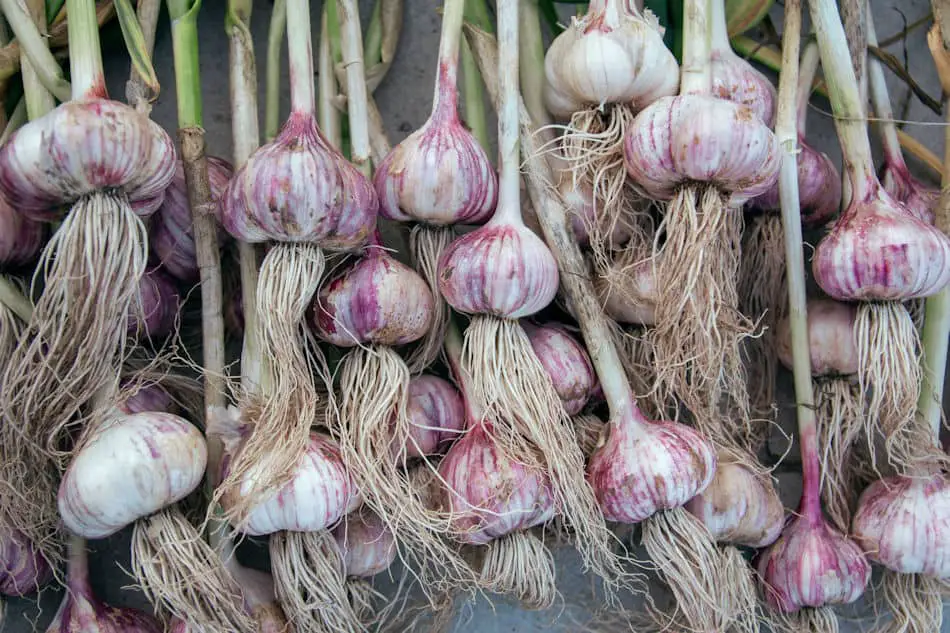
Garlic Information
When to Plant Garlic
Garlic is the type of plant that grows hardier during the winter in order to reach its maximum potential, so planting the bulbs in the late fall is best.
How to Plant Garlic
Garlic is a member of the onion family, and is related to onions, leeks, shallots, and chives. Interestingly, garlic is not planted from seed like many other vegetables and flowers, but is planted via the bulb.
Plant garlic bulbs about 2 inches deep with the tip pointing up, and about four-six inches away from other bulbs. They do best in rows, planted in fertile and well-drained soil. If you live in a cold climate, about 6 inches of mulching material on top of the regular soil would help keep the bulbs from dying over the winter.
Garlic loves full sun, and will begin to grow when spring weather arrives. After the last frost of the spring, garlic will germinate in about 4-8 weeks, and you will see it poking up through the soil.
How to Harvest Garlic
You will need to keep your eye on the garlic in order to harvest it at the appropriate time. Once a few leaves have died, but there are still a few green leaves as well, you should harvest the plant. Since garlic is a perennial, you could also let some of the smaller plants die where they are so they will grow again the next year.
One issue that sometimes crops up with garlic is how to decide when it is harvest time. If you harvest too early, the cloves will be too small and hard to use, but if you wait too long, they will pop out of their skin and this could lead to disease for the bulb.
There is an art and a science to garlic harvesting. When several leaves have died on the plant but there are still several green leaves, loosen the bulb slowly, being careful not to detach the stalk from the bulb. Once you clean the dirt from around the bulb, hang it to dry in a cool, dry, well-ventilated area, such as a garage. The bulbs should hang for 4-6 weeks so they are sufficiently dried.
Does Garlic Come Back Every Year
Interestingly, garlic is a perennial that is most often grown as an annual. Although it has the capacity to come back year after year, it is often harvested completely in late summer or early fall and used as an annual crop. If you want to ensure its perennial status, leave the smallest bulbs in the ground for next year so they will regrow after the winter.
Garlic Problems
Garlic is a fairly hardy plant and there are not many pests that it falls victim to. That being said, it could experience root or bulb rot in a very wet environment, so make sure to plant it in well-drained soil.
There are other types of fungal problems that could befall it if it is not dried properly after harvesting. As for insects, thrips, bulb mites, onion maggots, wireworms, and nematodes can all be a problem, but garlic is able to weather the storm of these pests without much intervention.
What is Garlic Used For
Garlic has had an interesting pedagogy. It has been worshipped as a god, used to ward off evil spirits and inflame passions, traded as currency, and has flavored everything from tea to stew to scones.
There is much confusion about where garlic originated, but most people contend it is from central Asia, south Asia, or southwestern Siberia. The word itself comes from garleac, which means “spear leek” in old Anglo-Saxon. Suffice it to say, garlic is an integral herb that has stood the test of time and has traveled the world.
What is Hardneck vs Softneck Garlic
Garlic can be categorized in two classifications, hardneck and softneck. There are three types of hardneck garlic,
- Rocambole
- Porcelain
- Purple Stripe
Hardneck garlic has a tall flower stalk and each bulb will generally have 4-10 cloves in it. The flower stalk is known as a scape and is often eaten for its tender, garlicky flavor.
Not only do softneck garlic not produce a flower stalk, but they generally have smaller bulbs and more of them; each bulb will have 12-20 cloves. Their are two types of softneck garlic
- Silverskin
- Artichoke
Softneck is most commonly found in the grocery store because it has a longer shelf life. Because they do not have a long rigid stalk, softneck garlic is often braided when it is hung to dry.
Is Elephant Garlic a Type of Garlic
Although elephant garlic looks like a regular clove of garlic, it is actually a leek. With 5-6 cloves and sometimes weighing in at a pound, it has a much milder flavor than traditional garlic. It is no wonder it is confused for garlic, and it is certainly a part of the onion family, but it is not a type of garlic.
Can I Plant Garlic Bulbs from the Grocery Store
Yes and no. The garlic bulbs you buy at the grocery store will certainly grow if you follow the proper planting techniques above. But you would be better off with specific garlic bulbs that are meant to plant and meant for your region. With grocery store garlic, you have no way of knowing the quality, where the garlic originated, or whether or not it will work for your region. Garlic bulbs are weather sensitive and it is imperative that you use the correct type of bulb for your region.
Where is Most Commercial Garlic Grown
Gilroy, California is known as “The Garlic Capital of the World,” and most of the commercial garlic grown is from southern Santa Clara County and the San Joaquin Valley. As mentioned above, each type of garlic bulb is engineered to grow in a specific region. Because of this, the “California Early” and “California Late” varieties of garlic do not translate well to growing in other parts of the country.

